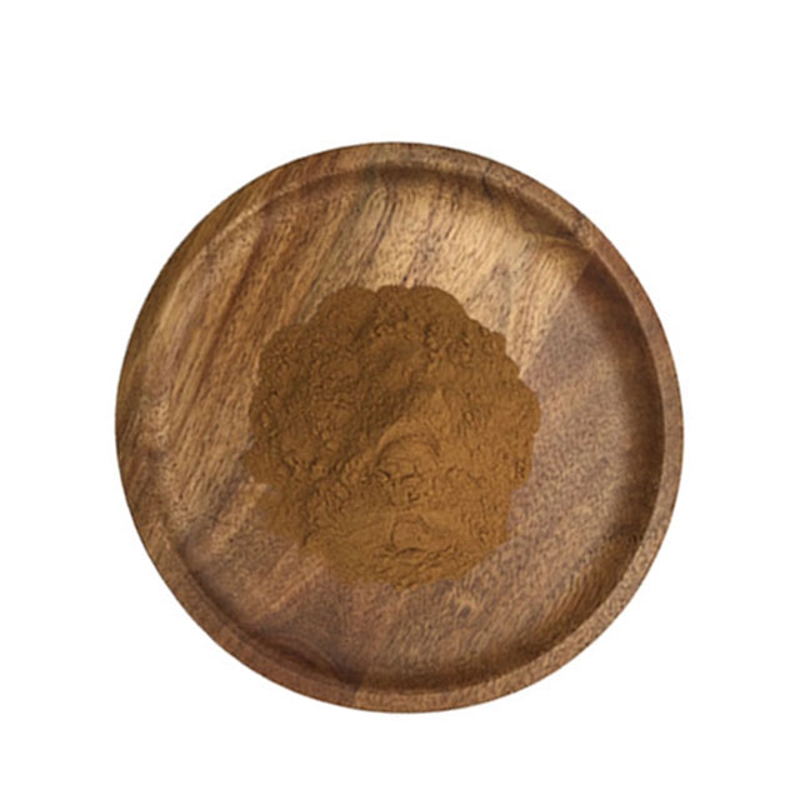J Gastroenterology: Relationship between alkaline phosphatase variability and the outcome of primary sclerosing bile ductitis
-
Last Update: 2020-06-23
-
Source: Internet
-
Author: User
Search more information of high quality chemicals, good prices and reliable suppliers, visit
www.echemi.com
BACKGROUND: It is not clear how long-term fluctuations in serum alkaline phosphatase (SAP) are associated with the prognosis of the primary sclerosing bile ductitis (PSC) populationTherefore, the study looked at psC incidence and natural history in PSC patients in Olmsted County, Minnesota, over the past 41 years, and quantified the prognostic relationship between SAP fluctuations and PSCmethod: This study included 56 subjects diagnosed with PSC in Olmsted County between 1976 and 2017The main observation endpoints include liver transplantation, liver replacement disorders and bile duct cancerresults: from 2001 to 2017, the incidence of age- and gender-adjusted PSC (per 100,000 population) almost doubled from 1976-2000 (1.47; 95% CI is 0.99-1.96, VS 0.79; 95% CI is 0.42-1.16, p is 0.02)This increase is parallel to the increase in patients with lighter phenotype markers at diagnosis: SAP normal (26.32% VS 0%, p.01) and Mayo PSC have lower risk scores (0.36 (-0.57 to 1.55) VS -0.50 (-1.25 to 0.35), p-0.03SAP fluctuations in the individual, the median coefficient of variation is 36.20%The incidence of SAP normalization and falling below the 1.5 x normal upper limit (ULN) is 5% and 10% per year, respectivelySAP less than 1.5 x ULN is associated with a lower risk of PSC-related complications (risk ratio 0.11; 95% CI 0.03-0.42)conclusion: More and more PSC patients are being diagnosed with lighter phenotypesAlthough lower SAP is associated with improved prognosis, high individual internal differences in SAP levels raise questions about the use of a single SAP value as an alternative endpoint in clinical trials
This article is an English version of an article which is originally in the Chinese language on echemi.com and is provided for information purposes only.
This website makes no representation or warranty of any kind, either expressed or implied, as to the accuracy, completeness ownership or reliability of
the article or any translations thereof. If you have any concerns or complaints relating to the article, please send an email, providing a detailed
description of the concern or complaint, to
service@echemi.com. A staff member will contact you within 5 working days. Once verified, infringing content
will be removed immediately.







